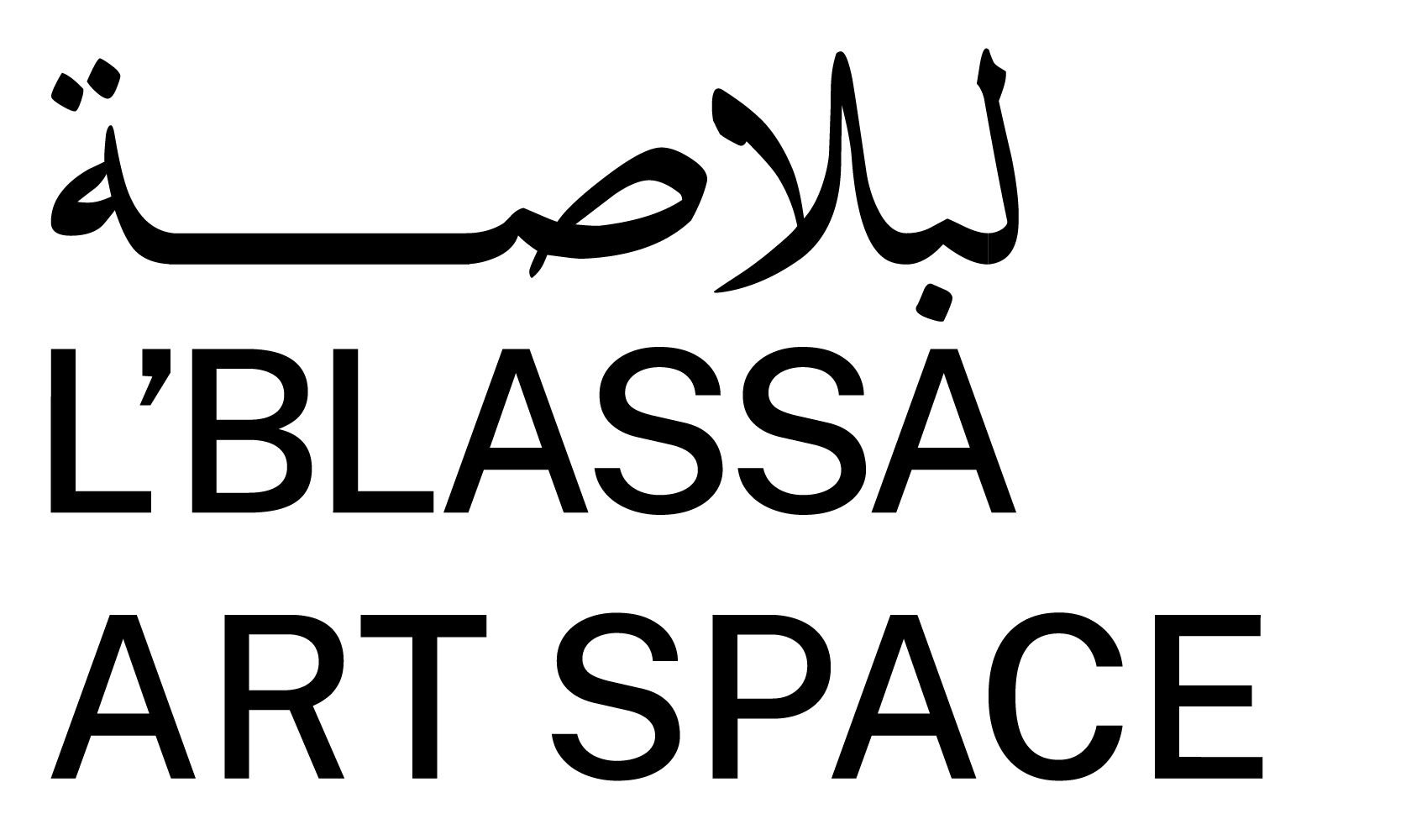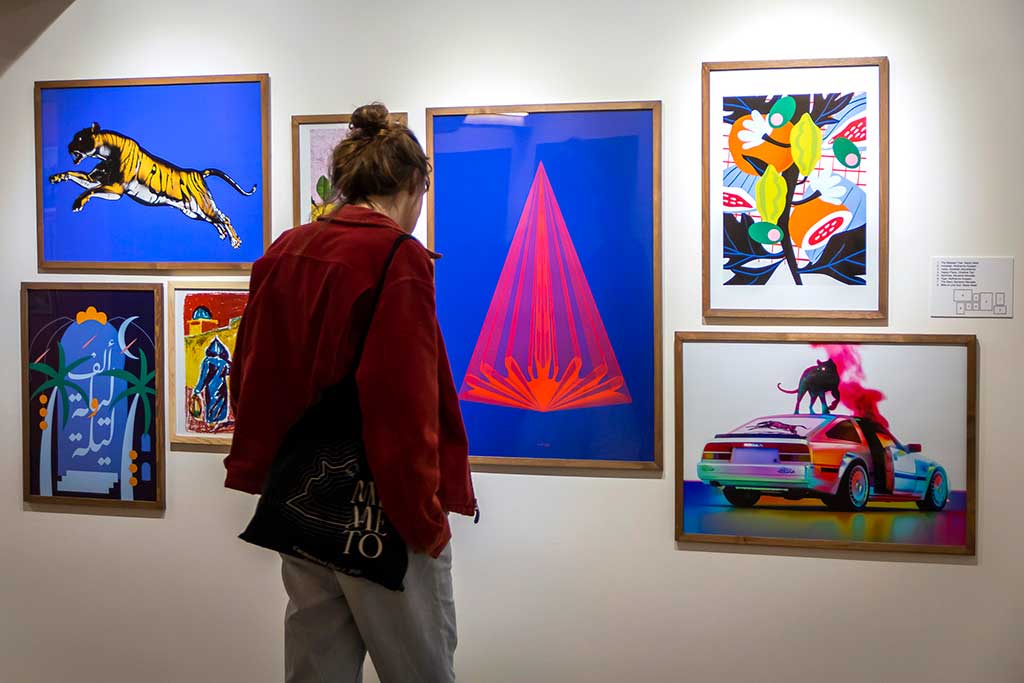In today’s digital age, technology has permeated almost every aspect of our lives, including the art world. With the advent of social media and online marketplaces, artists and collectors now have new avenues to showcase and sell their work. This shift towards digitization has not only changed the way we consume and appreciate art but has also had a significant impact on the traditional art market. In this article, we will explore the digitization of art and its effects on the art market.
The Rise of Digital Art
Digital art, also known as new media art or computer-generated art, refers to artworks that are created or displayed using digital technology. This can include anything from digital paintings, 3D art, digital prints to interactive installations. With the rise of advanced software and tools, artists are now able to create stunning pieces of art on their computers or tablets. This has opened a whole new world of artistic possibilities and has given birth to a thriving community of digital artists.

The Impact on Artists
The digitization of art has had a significant impact on artists, both positive and negative. On one hand, it has made art more accessible to a wider audience, allowing artists to reach potential buyers from all over the world through online platforms. This has also enabled emerging artists to gain recognition and establish their careers without the need for traditional galleries or agents.
However, the rise of digital art has also brought about challenges for artists. With the ease of sharing and replicating digital artworks, issues such as copyright infringement and authenticity have become more prevalent. It is easier than ever for someone to copy and reproduce a digital artwork without proper attribution or compensation to the original artist.
The Impact on Collectors
The digitization of art has also changed the way collectors approach and acquire art. With the rise of online marketplaces, buying and selling art has become more convenient and accessible. This has led to an increase in the number of buyers and sellers in the art market.
One major impact on collectors is the shift towards investing in digital artworks rather than traditional physical pieces. As technology continues to advance, digital artworks are becoming more valuable and sought after, leading to potential opportunities for growth in the digital art market.
However, this also means that collectors must navigate new challenges such as understanding the value and authenticity of digital artworks. With no physical form to authenticate, it can be challenging for buyers to determine the true value of a digital artwork.

Conclusion
The digitization of art has undoubtedly transformed the traditional art market in many ways, offering new opportunities for artists, collectors, and galleries alike. However, it also poses challenges that must be addressed to ensure fair compensation and protection for artists as well as the preservation of the integrity and value of digital artworks. As technology continues to advance, it will be interesting to see how the digitization of art will continue to shape the art world in the future. So, stay tuned and keep exploring with L’BLASSA ART SPACE.







